Define Failure
Words and Images by Guy Cotter, CEO of Adventure Consultants
If you’re going to be a mountaineer you’ve got to make peace with the fact that you are going to be a failure, repeatedly. Over the course of your climbing career you will attempt climbs you won’t get up because you’re (pick one or more) too scared, too weak, too slow, too fast, too early, too late, too tired, too hungry, can’t see, chose the wrong partner, wrong clothes, you’re hungover, forgot the crucial equipment, brought too much equipment, brought too little equipment, toilet paper got wet, weather was too/hot/cold/wet/dry/windy, chose the wrong day/season/time of life and so on.
In fact the list of excuses for your upcoming string of failures is almost endless and over the course of your climbing career you should just about use the entire spectrum of defences to explain how useless you really are.
But we all know that in climbing these failures are justified, right? After all, the argument goes, we do have to fail at times in the name of safety. There is certainly no argument about that. We must be prepared to change our plans or back off a climb when the level of risk is too high. There are simply times when there is no doubt about the level of risk we are facing that makes retreat imperative, such as, a storm that drops lots of snow and creates an avalanche hazard that you can’t sit out until it stabilises and you simply have to leave.
But there are the other times when you’re just having a bad day or you decide you hate your climbing partner and just cannot spend another moment with them or you have some other doleful reason to fail. Now you may not feel like returning to the pub/hut/base-camp and admit you backed off because you are so lame and that’s when you pull out the safety card. No one is going to criticise you for that because safety is paramount and you can sometimes even convince yourself that your pitiful lack of willpower was actually justified for safety reasons.
But actually, there are times when being a lame useless paranoid failure is exactly the right call even though you can’t properly explain your rationale. I’ve had many an experience (while failing) when I’ve not been able to articulate my reasoning and that `things’ just didn’t seem quite right. And yes, I have used a fair portion of the aforementioned excuses to justify my fallibilities.
In fact, I’ve failed so often that I’ve got myself to a stage in life where I don’t mind failing. If there is a route that is too hard for me and I’m simply not good enough to climb it then I’m good with that. I’m so good at failing that my sense of self-worth is not destroyed by the thought of other people criticising me when I do fail. Now I can even apply this apathetic approach to the rest of my life and while I’m surrounded by type A personalities who are still stuck in the ‘80’s using jargon like ‘goal setting’ I’m blissfully living life without concern that I might be exposed as a failure because in reality I’m really accomplished at it!
This revelation has been spawned through events that occurred to me in the course of my climbing career. I recall once when I was an aspirant guide I turned back on an ascent of Mt Cook while other guides were still continuing onwards and they successfully summited. While they were comfortable, I was completely uncomfortable with the conditions, in my view it was too warm and I couldn’t say to myself that if I continued with the ascent, that I was making the right decision with the information I had at hand. My poor client was devastated and quite rightfully made a complaint to the guide company and at the time I felt terrible about the whole thing.
Just three years ago a similar event occurred on Mt Manaslu in the Himalayas. A storm laid down a heap of snow and the forecast was indicating an oncoming frontal system that would hit us after only three clear days. This didn’t give us enough time to give the snow slopes leading to high camp time to settle before we would be forced to have our Sherpa team climb the slope to stock the camp in time for us to follow the next day and summit the day after. A golden rule of snow safety tells us that 90% of avalanches occur during or the day after a storm. My experience in the Himalaya has shown me numerous times that the most dangerous time is the day following a storm when the sun has been on the slope only a short time.
There were a large number of groups on Manalsu that season and there was a lot of pressure to get to high camp to summit before the next storm that was forecast to arrive in a few days, which would shut the season down due to extremely high winds. As leader of that expedition I had a choice; I could break my own rules and send the Sherpas up that slope the day after the storm, or I could make a safety conscious choice, even if I wouldn’t be too popular for making it. We knew that other teams would be on that slope next day and there was a chance nothing would go wrong and that people would get up that slope safely and then go on to summit. I told my team that I was going to look either like a sage in their eyes next day if people got avalanched on that slope, or an overly conservative failure if nothing occurred. Well, as it turned out, it was the latter. No avalanche took out the climbers on that slope and no-one died. I was very thankful for that outcome.
But, and here is the guts of it, this was a slope that was known to avalanche (it slid in 2012 and 11 people died) and the likelihood of an avalanche was highest the first day after the storm. It wouldn’t be too much of a push to suggest that the fact no-one did die was more luck than skill (and again, I was truly thankful for their luck).
However, the question in my mind was whether people were still climbing this slope due to a fear of making a conservative call, or because they had no idea of what they were doing, or because they had more information about the state of that slope at the time and therefore knew more about it than I did? (I’m certainly happy to admit failure and learn something) I will never know the exact answer to that question and I suspect there were numerous differing reasons behind their decisions.
Fast forward a couple of years and we are on Dhaulagiri making our summit attempt. The forecasts were projecting winds and snow, but our physical observations gave us no confidence in the forecasts so we climbed to high camp in good weather. Our following summit day was flawless, resulting in our entire climbing team reaching the summit.
The comparison in outcome between these two expeditions was palpable. As climbers we have to always be prepared to make safe calls. The irony is that if we always make calls that are too conservative, we’ll never get up anything. I know climbers who always pull the safety card and have never succeeded on anything. Sadly I’ve also known plenty who perished because `conservative’ wasn’t in their vocabulary.
The art is when to know to be conservative and when not to. There is no exact answer to this, accidents do just happen in the mountain environment, but as a minimum we should at least be observing the rudimentary and very basic rules around safety. There is an issue when people ignore or don’t know those rules around safety. Doing it once and getting away with it shouldn’t’ make you think you made the right call. Do it repeatedly and you will certainly get spanked.
There is no better measure for assessing hazard than your own observations and a developing healthy respect for history. Carefully observing what is occurring around you at all times will reveal clues as to what is changing in a positive or negative way. Changes in temperature, sunshine and clouds, wind direction and strength, precipitation, snow texture and loading as well as heuristic factors, will all have an effect on the potential outcome of decisions you make and you will be better equipped to make judgement calls if you stay tuned in to these phenomena. There are often clues as to what hazards you are exposed to if you observe closely what is going on around you. Always have an opinion about what will happen next and reflect afterwards whether your call was correct or not.
The historical data you want to know is whether there have been incidents on this slope/face/mountain/similar situation, as the most ignominious failure is to repeat an event that has occurred previously and could have been avoided had you used that history to structure your own campaign. Recent history is important too, keep track of what layers have been laid down in the snowpack through snowfall, humidity and wind events while you are there and try to find out what happened before you arrived.
Failure is a relative term. In this age of expeditioning there are people that have climbed several of the world’s highest mountains who have succeeded on every climb they have undertaken due to them training appropriately and the efforts of experienced expedition operators to ensure their groups are successful. This trend has the potential to develop a cadre of mountaineers who do not know failure and therefore may not be able to appreciate the need for it at times. I always respect the effort and outlay for someone to be on a big mountain and I am fully aware that failure is painful and depressing after committing so much. Success is fantastic and should always be the end goal. It is the outcome I always aim for but when the stars are not aligned and the signs are clearly indicating one should be operating on the right side of caution it’s a no-brainer – the crux of it is that you have to know what those signs are to be able to make those calls.
Related Posts
November 27, 2020
How to Climb Your First 6,000m Peak
March 19, 2020
Gear Review: The North Face Futurelight Jacket
October 7, 2019
Mind Over Mountains
September 29, 2019
EXPLORING THE UPPER MUSTANG
August 26, 2019
The Call of the Mountains
August 4, 2019
Glacier Ski Touring
May 30, 2019
Fixing Everest – Part 2
May 29, 2019
Everest Base Camp Kitchen
April 30, 2019
Steve Moffat – A life guiding
October 8, 2018
Magnificent Mera
September 14, 2018
Welcome to The Geo Dome
July 13, 2018
Everest Insider Series: James Perry
July 5, 2018
Everest Insider Series : Anthea Fisher
June 20, 2018
Everest Insider Series : Doctor Sophie Wallace
May 9, 2018
Mettle and Grit High on Nuptse
January 10, 2018
Optimum Layering
November 8, 2017
The North Face Adventure Grant 2018
September 10, 2017
Fit To Trek
August 14, 2017
Boots For The Mountains
July 28, 2017
The North Face Inferno Sleeping Bag
May 30, 2017
Fit To Climb
March 27, 2017
An Ice Climbing Adventure
March 1, 2017
The Go Big, Go High Adventure Calendar
February 16, 2017
Claiming False Summits
November 16, 2016
So They Can
November 9, 2016
Return to Tititea
November 3, 2016
First Ascent Expedition Prize
3 Comments
Add comment Cancel reply
This site uses Akismet to reduce spam. Learn how your comment data is processed.

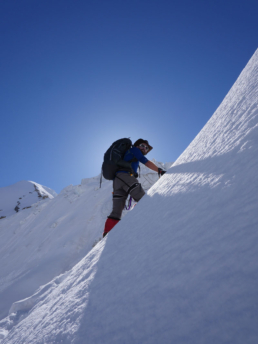


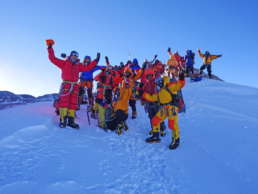
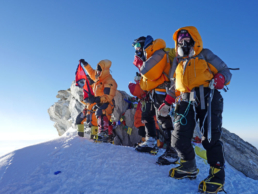
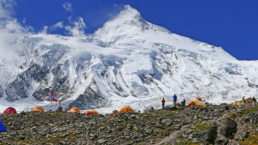
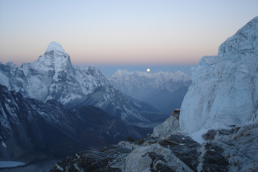
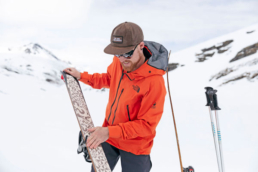



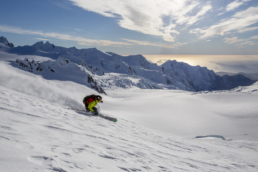
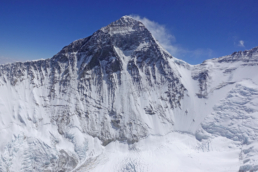







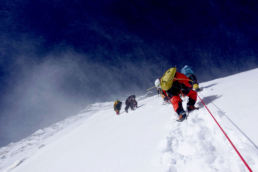
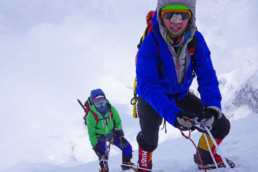


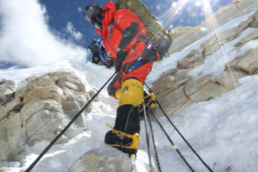
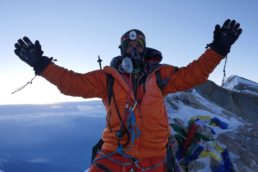
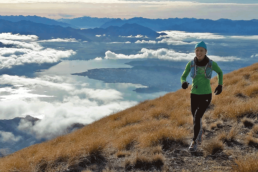
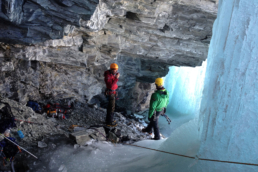
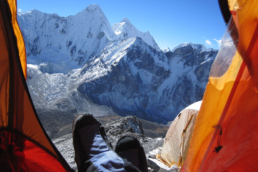


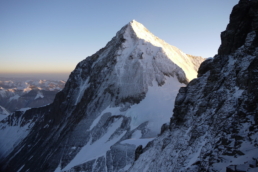

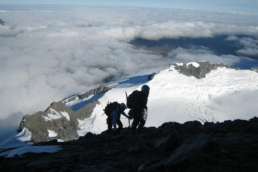

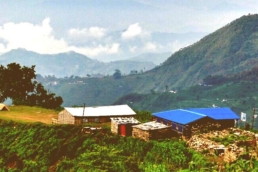
Really good article Guy. Even at my lowly level I totally relate to your message. I’ve failed plenty, sometimes mainly due to lack of bottle. I’ve noticed that my tolerance for sustained exposure is diminishing with age. But I still love being out there and I’m becoming more successful at accepting my failures. It’s partly to do with how you hold your mouth too. If you’re prepared to see a climb, not just as a summit objective, but as a journey to be enjoyed then, even if you don’t summit, it can still be viewed in terms of a degree of success.
Thanks for your words of wisdom 🙂
Great article.
While climbing with Guy on Vinson we had to turn back from the summit twice. It was disappointing but I was ok with it. First attempt a member of our rope team was a ill and weak. Guy judged it dangerous on the final blue ice steep slopes ahead. The second attempt it was me. It was cold and very windy and I could not keep my googles clear and my lungs had a very strange burn. In both cases Guy’s judgement was very spot on as I looked back.
Good fortune soon came. Conrad Anker generously directed us to an unclimbed peak, Mt. Slaughter, which we were able to do a first ascent on. I never dreamed of a first ascent. We had a bonus of fabulous clear calm weather for a long ski to the Slaughter base and back; ice fall climb; 21 hour ascent and more.
“One Big Adventure”
Great article Guy. I have never climbed in the Himalayas but just my climbing experiences and adventures in NZ over many years helped me relate to your article. But in someways its an article about life itself. We cannot always succeed. I am a scientist and often the research just doesn’t come through the way you expect or want it – a failure. But then things come together nicely, usually from well planned, incremental approaches but with the risk factor thrown in occasionally to try something different. I often say to my students climbing is one of the best forms of training for doing good science – intense focus on the incremental components that have to be put together to get to the top whether its a hard rock climb or a big mountain but always thinking of the end goal.